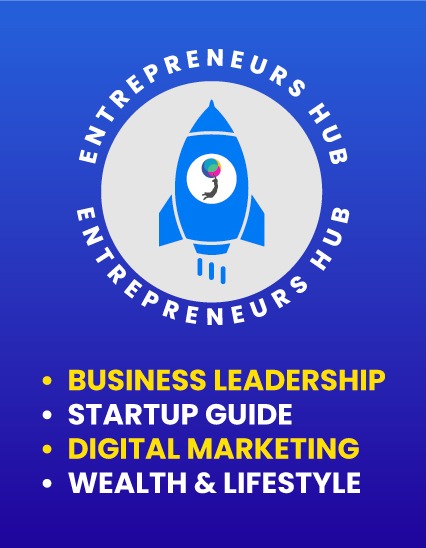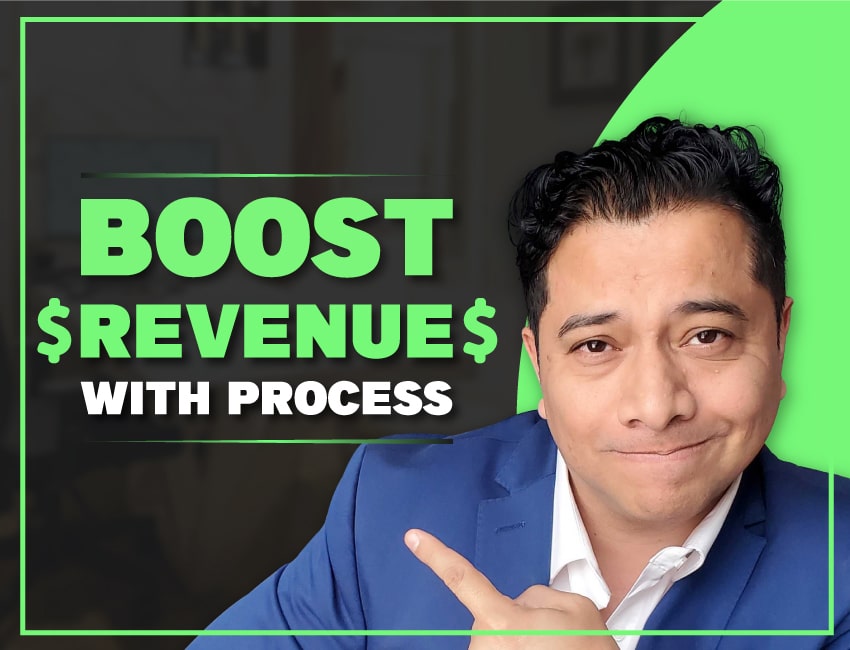Maximizing Productivity Through Strategic Leadership

The challenges of a tight labor market and soaring business costs have been making headlines lately. Many small and medium-sized enterprises (SMEs) have been struggling to keep their operations running smoothly due to inadequate staffing, leading them to either limit their operating hours or offer unaffordable salaries.
With inflation rates on the rise, businesses’ ability to lure workers with higher-than-average pay is becoming increasingly difficult, especially during tough economic conditions when boosting productivity is more crucial than ever.
How can you make your existing workforce happier and more productive? Perhaps it is as simple as adjusting your leadership approach.
Bringing on new leaders who lack adequate support can lead to a high rate of employee turnover in a business. According to a Seek survey, poor leadership is the top reason why employees leave their jobs, followed by a lack of development opportunities. As we all know, a manager’s behavior can significantly affect the team dynamic.
Typically, businesses tend to promote the most competent employees, but that does not necessarily translate into being an effective leader. IQ and EQ (emotional intelligence) are two distinct traits. Some new leaders may have difficulty transitioning from being a team member to a leader.
Other businesses may search for external high-achievers without bothering to recognize and cultivate existing talent within the organization. While it may be the best option, promotions should never be awarded solely on tenure. It is vital to offer growth opportunities to your team while also ensuring that you have thoroughly considered your internal options before investing in the recruitment process.
Below are some suggestions to help you unlock the full potential of your organization by better utilizing your existing talent:
The Power of Middle Management
A well-structured organization is essential for growth. In the early 2000s, many New Zealand businesses streamlined their operations by cutting out middle management and creating leaner, more agile structures. However, today’s business landscape is proving the value of the middle manager.
By eliminating middle management, businesses unwittingly created false economies. General managers have had to take on more strategic work and daily operational tasks, which ultimately hinders growth. Recognizing the essential role that middle managers play in managing people and processes, more mid-sized businesses are now creating roles for operations managers.
Leadership Coaching
Small businesses often cannot afford to hire extra management layers, and owners may not have the time or expertise to coach their team leaders. Therefore, hiring leadership coaches and experts is a viable option. Communication styles vary from person to person, which can lead to confusion and conflict if not managed correctly.
Leadership coaches can help train managers to identify their team’s communication preferences and deliver feedback that resonates best with each individual. By doing so, businesses can reduce conflicts and enhance performance.
Talent Identification and Development
Many businesses prefer to hire external candidates who seem to check all the boxes instead of investing in existing employees who may have potential but lack management experience. This is where psychometric testing can be a useful tool.
Psychometric testing can help identify individuals within the organization with the best leadership skills and emotional intelligence. By investing in the training and development of these individuals, businesses can enhance their potential and improve their bottom line. Instead of searching for the perfect manager in the open job market, it is often more manageable to train someone with the right aptitude and recruit a less senior replacement. This approach is particularly useful in regions where the talent pool may be limited.



















